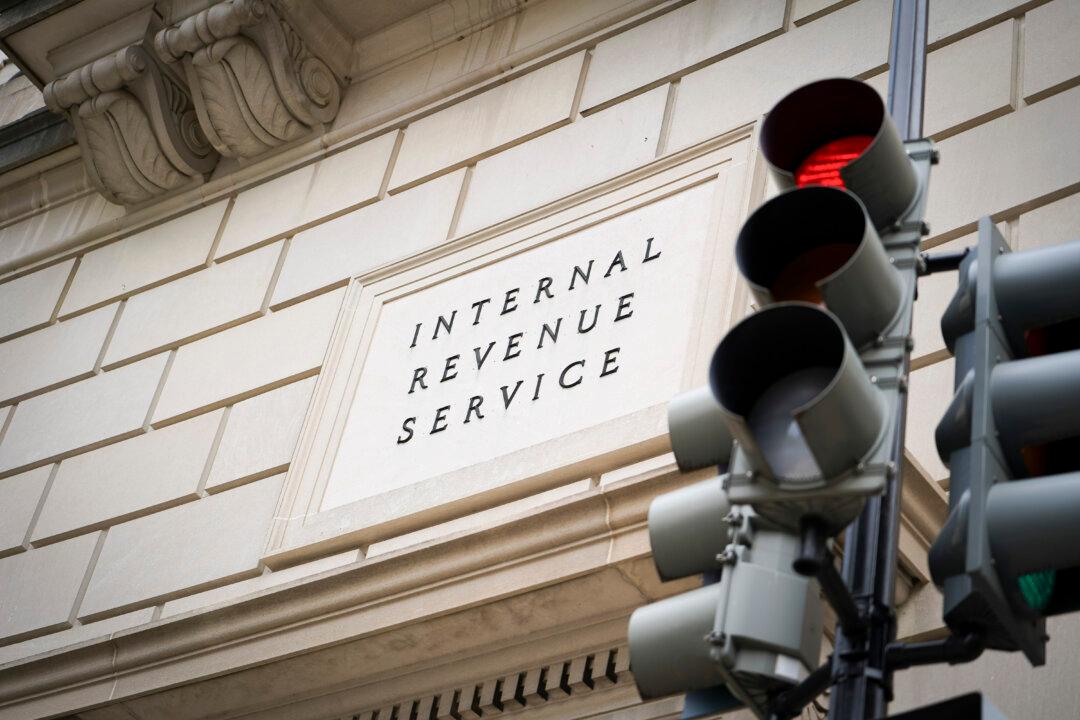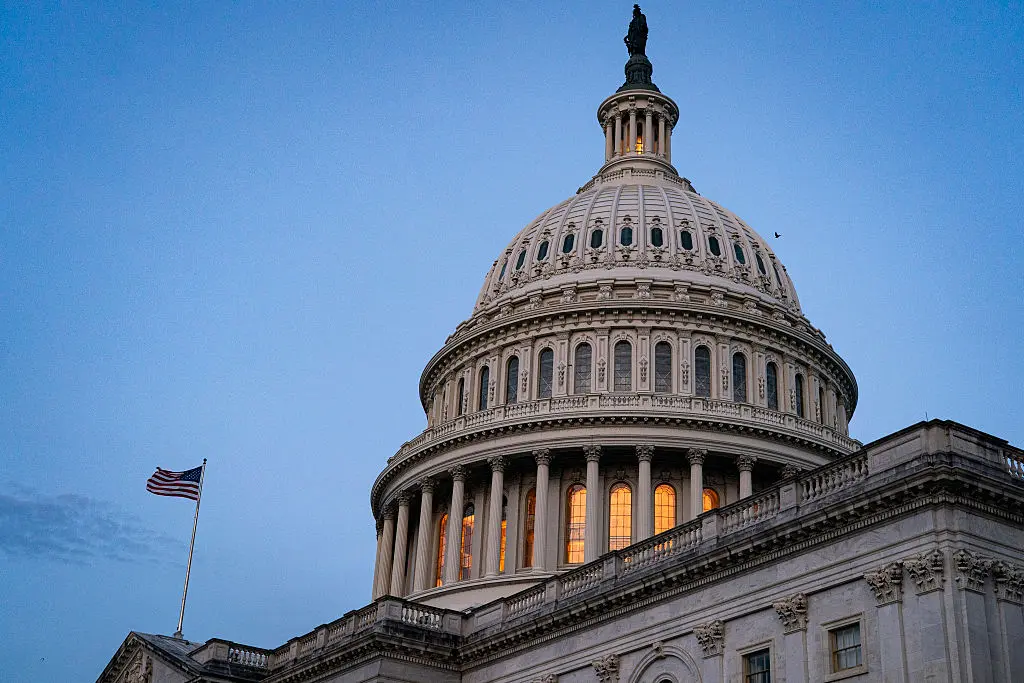Bolstered by a $60 billion cash infusion, the Internal Revenue Service (IRS) has ramped up its enforcement activities in order to boost tax revenues, with the tax agency focusing its compliance efforts on several categories of taxpayers.
In September, the IRS announced a “sea change” in every aspect of its operations—including a “sweeping, historic” tax enforcement crackdown to increase tax collections—thanks to the billions of dollars it received under the Inflation Reduction Act (IRA).





